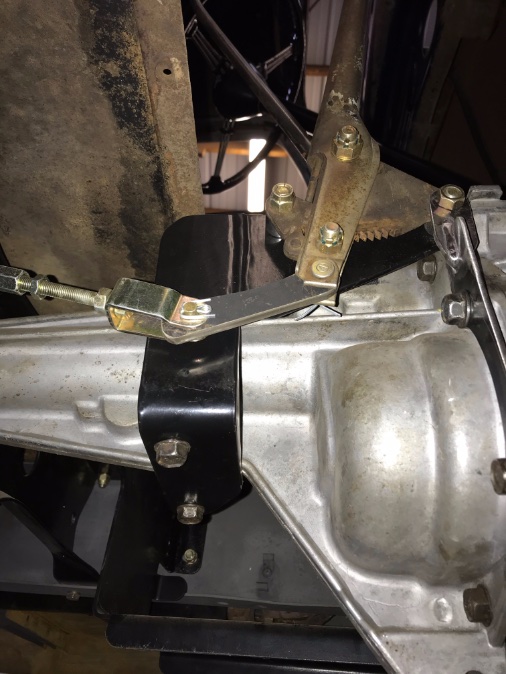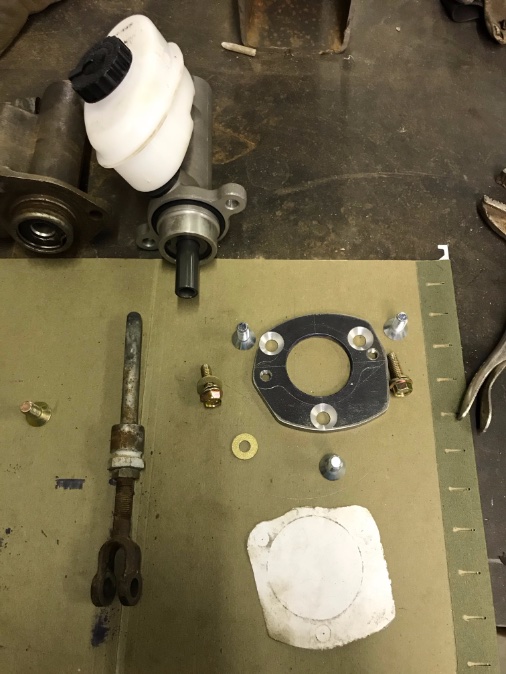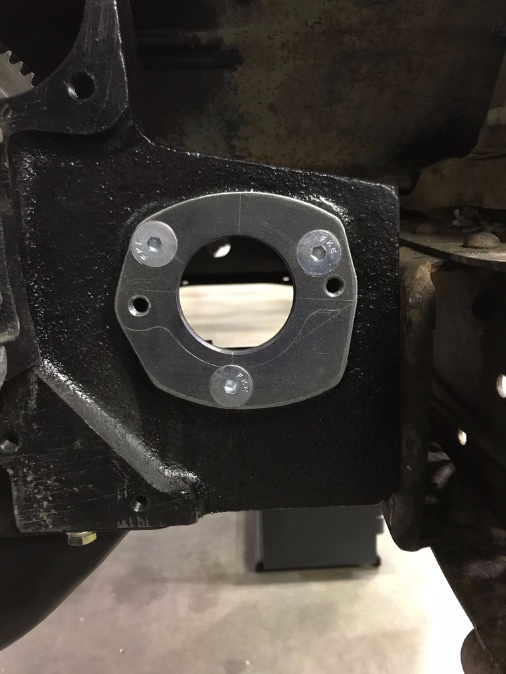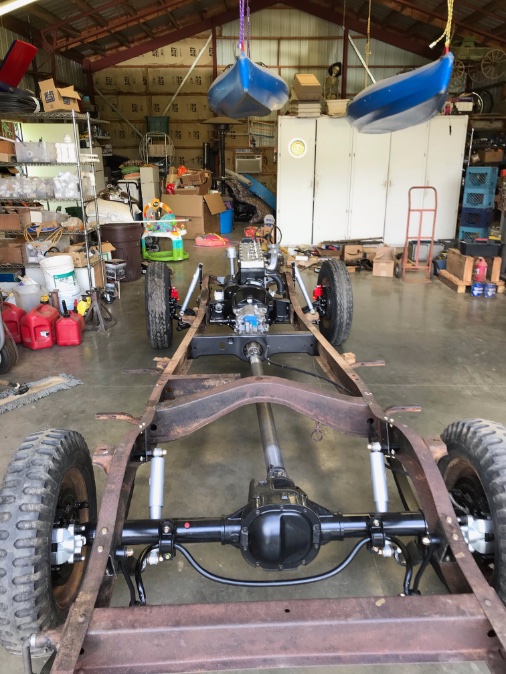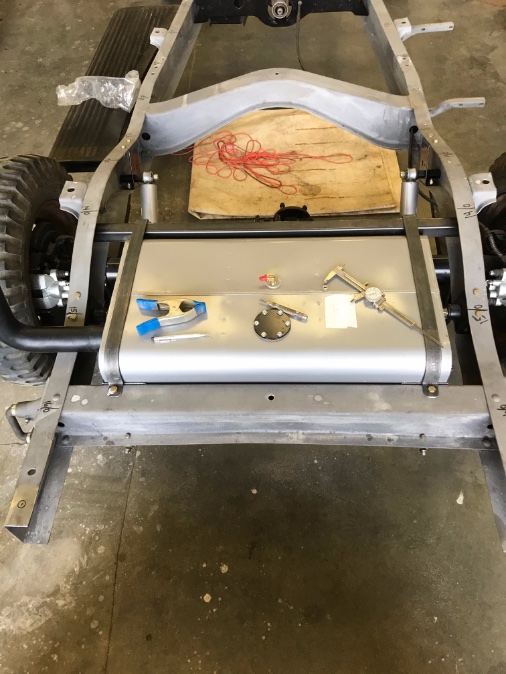-
Posts
27 -
Joined
-
Last visited
Reputation
23 ExcellentProfile Information
-
Gender
Male
-
Location
Placerville, CA
-
My Project Cars
1936 Dodge 1/2 ton pickup
Contact Methods
-
Biography
I live in Placerville on a ranch that my great Grandfather homesteaded in 1854.
-
Occupation
Pilot and Farmer
Converted
-
Location
Placerville, CA
-
Interests
Flying
Recent Profile Visitors
The recent visitors block is disabled and is not being shown to other users.
-
Bryan, You may be correct but I'm not so certain and I'm not sure that anyone can be certain. There are a lot of things at play here and outside of a lab, an engine dynamometer and some very accurate test equipment it may not be possible to know for sure. It sound like we agree that the majority of heat transfer 70-85% on exhaust valves happens at the seat. This leaves 15-30% to be transferred to the guide. The majority of that happens in the cooler end of the guide. I suppose that my argument on heat transfer is more theoretical than anything but it appears to me that the surface area of the guide that protrudes into the exhaust gas stream acts as a heat collector and that surface area is something on the order of four times the surface area that is presented by the valve stem. My theory, and it's only a theory, is that less heat is collected by the valve stem in the exhaust stream than what would have been collected by the much larger valve guide in that stream. The portion of the guide that is in contact with the surrounding cast iron block is where the more significant heat transfer takes place and that valve guide is now much much cooler than it would otherwise have been. I also believe that it's mostly an academic discussion anyway as our engines are relatively slow turning, low power output engines that are not needing to dissipate as much heat anyway. at around 1/2 hp per cubic inch, the temperature and physical stresses are quite low compared to most more modern OHV engines. For those of us trying to eke out as much HP as we reasonably can from our little flatheads, these little bits can add up. I just got my 23" Dodge 230 running after re-build so I can't claim much at this point. I'm hoping for around 150-160hp at the rear wheels. Materials science has come a long way since most of these engines were built. My valves are new production chevy valves that have much better materials properties than original. Bottom line, In my opinion, I don't see any real downside to shortening the guides in these engines. If your engine is mostly stock in all other areas, I doubt that shortening the guides will provide much additional flow. If on the other hand, you're attempting to achieve better flow through improved cam, intake manifold, exhaust manifold(s), the removal of the protruding guide from that flow is a significant obstacle to achieving your best possible flow through the engine. If your opinion differs, another option is to reduce the diameter of that portion of the guide that is in the flow. This would leave the same valve to guide contact area intact while removing some of that impediment to flow and also the amount of surface area that is collecting heat from the exhaust gasses.
-
I've done it on mine. Tony Smith has been doing this for some time on his flathead rebuilds. As Sniper said, there are no side loads on these valves. Spot facing the guide down to closer to the port surface opens up the port considerably. As far as heat transfer, it seems to me that there would be less heat delivered to the valve stem since the guide is not sticking out into the exhaust flow. Less opportunity for heating the bearing surfaces of the guide. Combining this with port matching gives a much smoother passage for intake and exhaust gases.
-
There could be a lot of reasons why your car is overheating but I doubt its because of the timing or mixture in my opinion. I'd keep checking into the cooling system. You said you've checked all of the things recommended on this site but what are those things? Have you checked the calibration of the thermostat? Did you remove and replace the water distribution tube? Is there more crud in the block? Has the radiator been flushed and rodded out? Is the rest of the engine original? How far from the radiator is the fan? Those are a few that come to mind.
-
You could also take them and get them shot peened. No issues for contamination.
-
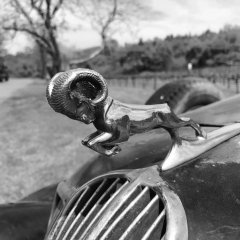
ANSWERED I can't find the right Spindle Nut
1936Forepoint replied to Dodgefran's topic in Mopar Flathead Truck Forum
I have found through repetitive experience that the best way to find anything that I've lost is to go to the store and buy a new one. Inevitably, the lost item shows up within minutes of unpackaging the new item. -
Im using a Ford 8.8 from a 97 Explorer in my 1936 pickup. I bought it in Sacramento, CA and I was under the impression that most of these in the Northern CA area were 3.73:1. The spring perches were easy to modify to make them fit the 3.25" tube. After finishing mounting the Rear End, I took the pickup to a driveshaft place and had them make me a driveshaft to fit. My transmission is a T5 from an S10.
-
You can get it at Aircraft Spruce. https://www.aircraftspruce.com/catalog/appages/cat.php
-

T5 transmission swap question
1936Forepoint replied to 38 Dodge RC's topic in Mopar Flathead Truck Forum
The bracket primarily bolts to what used to be the transmission mount at the bottom. I also made a bracket that bolts to the transmission between the main space and the tail shaft housing. There are probably lots of ways to do this but this is what I came up with. Bob -

T5 transmission swap question
1936Forepoint replied to 38 Dodge RC's topic in Mopar Flathead Truck Forum
I have kept all my original parts intact in case I ever want to go back to original. All of the mods that I have done are reversible. That said, I came up with a scrap transmission and used the shifter from that and welded it to the T5 stub. For the master cylinder, I am using a Dual master cylinder from a 97-2006 Jeep wrangler. I looked at a lot of master cylinders and this one was one of the few that would fit in the tight space. I made a plate to convert the three hole space to accept the two hole master cylinder. -

T5 transmission swap question
1936Forepoint replied to 38 Dodge RC's topic in Mopar Flathead Truck Forum
Thanks. I am using a Ford 8.8 diff from a 96 Explorer for a better ratio. Width and lug bolt pattern is identical to the original and I get disc brakes. I used the original e-brake handle assembly and made a bracket that bolts to the transmission and pulls the cables for the e-brakes. The fuel tank is from Tanks Inc and is 30"x 16"x8" for 15 gals. it fits nicely behind the rearend. https://www.tanksinc.com/index.cfm/page/ptype=product/product_id=216/category_id=133/mode=prod/prd216.htm -

T5 transmission swap question
1936Forepoint replied to 38 Dodge RC's topic in Mopar Flathead Truck Forum
I have a 36 pickup and I moved the crossmember aft by about 7 inches and I re-located the hole to match the transmission. Of course, that crossmember also is the front mount for the fuel tank so I also moved the fuel tank to behind the rear end. -
I agree with ken combs. This section is all about valve timing and not ignition timing. Even the specs themselves give a pretty wide tolerance on intake valve opening timing. You really need to be able to determine the exact TDC location on the pulley. Even if the pulley is marked, they can be off several degrees from the factory and should be checked for accuracy using the TDC of the piston at some point, preferable during your rebuild process.
-
I agree with Peter. The guy was trying to say that aerodynamic drag had something to do with the dyno derived horsepower.
-
1936Forepoint changed their profile photo
-

Small round vent screens on Bell Housing
1936Forepoint replied to desoto1939's topic in P15-D24 Forum
Mine is 1 5/8". I believe my bell housing is a 1940 Truck. Maybe the 1 1/2" will work.





